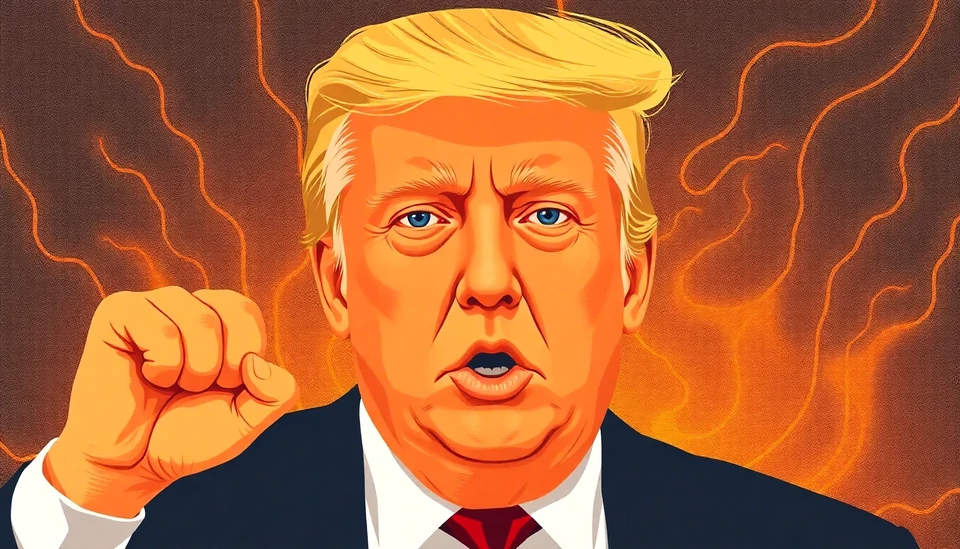
In a dramatic turn of events, former President Donald Trump has reignited tensions in the global economy with the reimposition of tariffs on various imports. This move has sent shockwaves through international markets, compelling global central bankers to grapple with the complexities of a crumbling trade landscape. The reintroduction of these tariffs not only revives concerns over potential inflation but also tests the resilience of financial institutions across the globe.
The tariffs, targeting key products from numerous countries, have raised alarm bells among economists and market analysts alike. They predict a ripple effect where the increased cost of goods could burden consumers and stifle economic growth in many regions. As tariffs make imported products more expensive, central banks are faced with a conundrum: balance the needs of an economy grappling with potential inflation while ensuring that monetary policy remains effective amidst the turmoil.
In recent meetings, central bankers expressed their concerns regarding the uncertainties created by the trade war. With rising prices and unstable trade relations, there is a pressing risk of stagflation—the combination of stagnant economic growth, high unemployment, and high inflation. Amid this backdrop, many are advocating for a careful recalibration of monetary policy to accommodate these unforeseen hurdles.
Several central banks have hinted at the possibility of tightening their monetary policies sooner than previously anticipated. The European Central Bank (ECB) and the Federal Reserve are particularly under scrutiny as they aim to stabilize their economies while navigating the fallout from these renewed tariffs. The delicate balance they must maintain is underscored by the potential backlash from hawkish factions within their respective economies, advocating for aggressive rate hikes to combat signs of inflation.
The financial markets have reacted predictably, with volatility soaring in response to the reimposed tariffs. Concerns about decreased consumer spending, compounded by consumers facing higher prices, have fueled anxieties about future economic growth. The chaos prompted by Trump’s tariff strategy has had influential ramifications, stressing the interconnectivity of global economies and highlighting how political decisions can dramatically alter economic landscapes.
Experts note that the central bankers are not just battling inflation; they are also contending with the significant geopolitical implications that come from a heightened trade war. The reemergence of protectionist policies, which drew criticism during Trump’s previous administration, has reignited debates regarding national versus global interests. Policymakers must now navigate this complex environment, working to ensure that their monetary strategies effectively counteract the economic shocks introduced by rising tariffs.
As financial markets continue to adapt to this unpredictable scenario, stakeholders across all sectors are urged to remain vigilant. Analysts suggest that businesses should brace for continued volatility and factor these tariffs into their operational strategies moving forward. The profound effects of Trump’s renewed trade agenda underscore a pivotal moment for central banks as they tackle the dual challenge of fostering growth while maintaining price stability amid a fractious global trade environment.
In conclusion, the reintroduction of tariffs by the former president has not only reignited discussions about trade policies but has also put central banks through a rigorous test of their crisis management capabilities. As the global economic landscape continues to shift, all eyes will remain fixed on how these institutions respond to the pressing challenges of today and the uncertainties of tomorrow.
#TrumpTariffs #TradeWar #GlobalEconomy #CentralBankers #Inflation #MonetaryPolicy #EconomicGrowth #ConsumerPrices #Volatility #Geopolitics
Author: Daniel Foster




